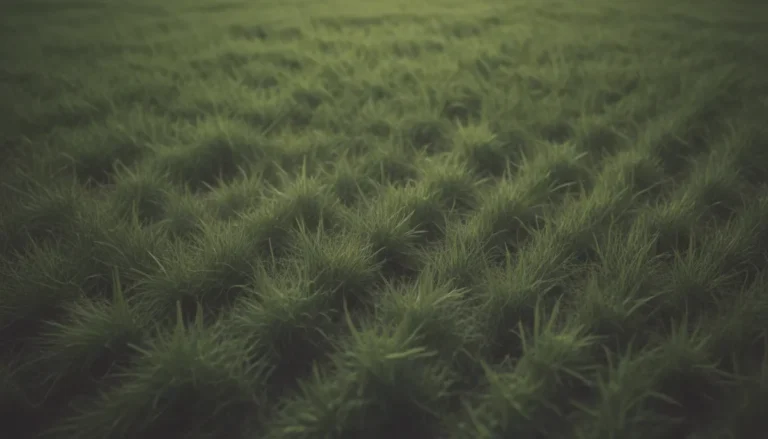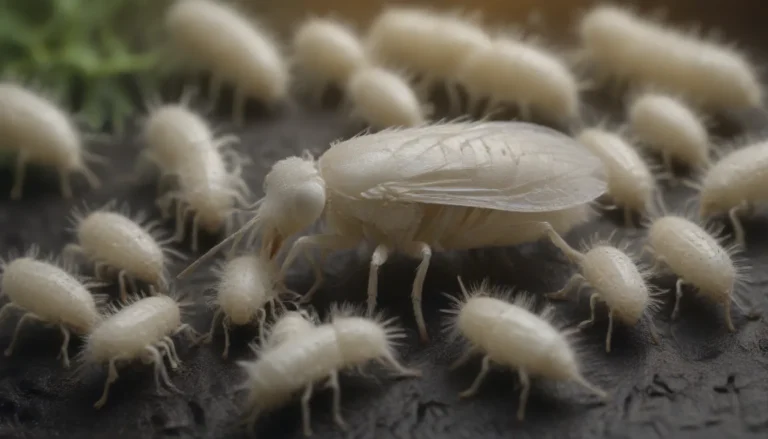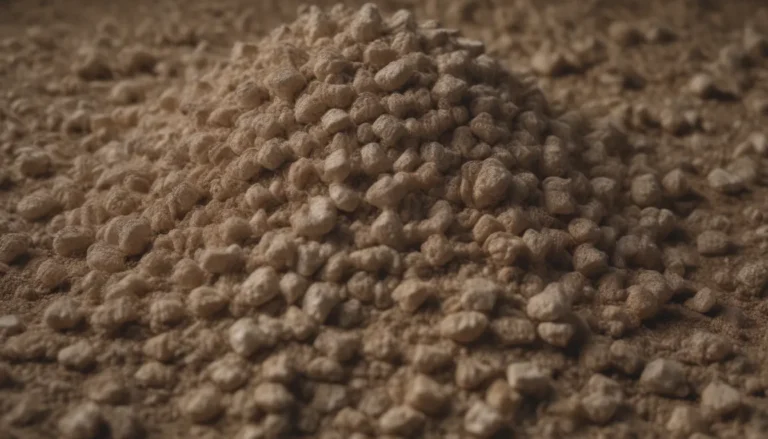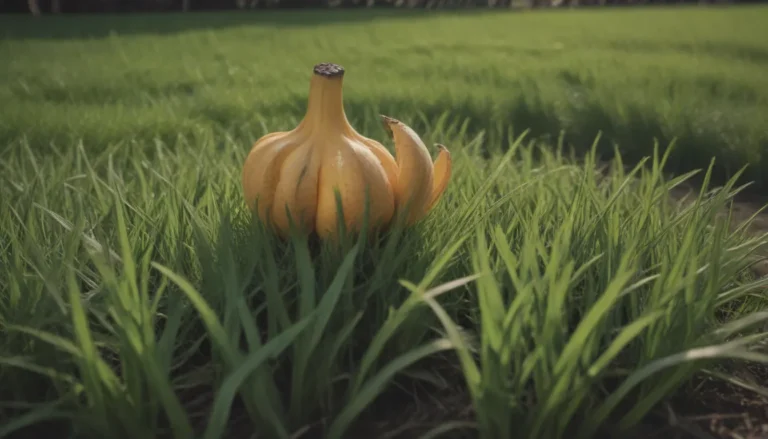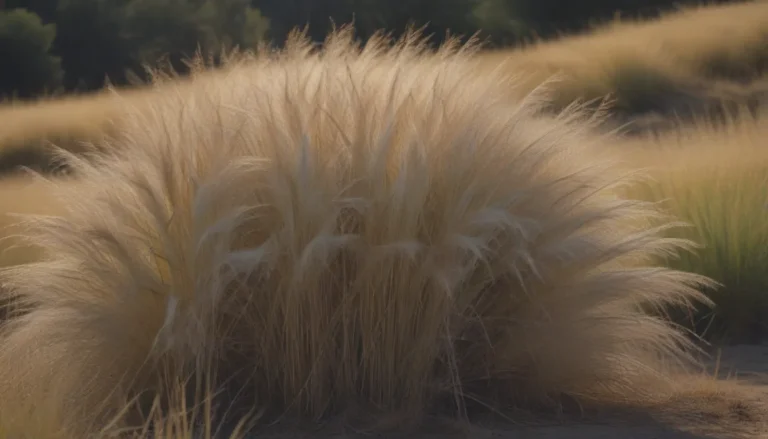Everything You Need to Know About Growing and Caring for String of Rubies
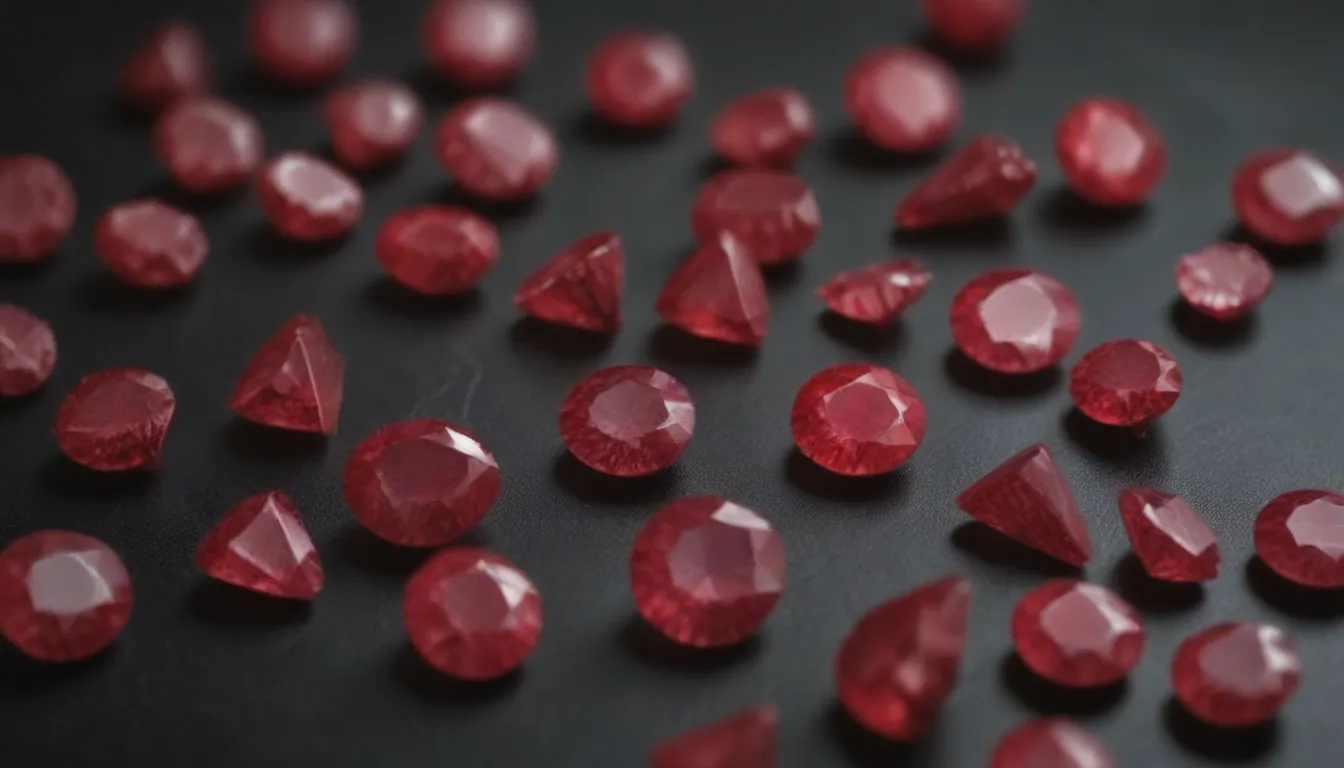
If you’re a fan of trailing succulents, the string of rubies (Othonna capensis), also known as the ruby necklace plant, is a must-have addition to your plant collection. This beautiful plant is relatively easy to grow but requires plenty of sunlight to thrive. Whether you choose to grow it indoors or outdoors, the string of rubies is sure to add a pop of color to your space.
String of Rubies Care Tips
The string of rubies is an easy-to-grow succulent that produces delicate yellow flowers for most of the year when properly cared for. Here are some essential care tips for ensuring that your string of rubies thrives:
Light
- Indoor Lighting: Place your string of rubies in a bright, sunny, south-facing window that receives at least six hours of direct sunlight each day. If you don’t have enough natural light, consider using strong grow lights to supplement.
- Outdoor Lighting: When grown outdoors, string of rubies does best in full sun to partial shade conditions. Direct sunlight will cause the leaves to turn a vibrant ruby red, while low light conditions may result in greener leaves.
Soil
- Well-Draining Soil: The string of rubies succulent thrives in well-draining, acidic soil with a pH between 6.0 and 6.5. You can use commercially available cactus and succulent soil mixes or create your own mixture with perlite, sand, and/or pumice for optimal drainage.
Water
- Drought-Tolerant: Allow the soil to dry out completely between waterings to prevent root rot. String of rubies is considered drought-tolerant and does not require frequent watering.
- Proper Drainage: Ensure that the pot has good drainage to prevent water from pooling at the bottom.
Temperature and Humidity
- Warm Temperatures: String of rubies thrives in warm temperatures and should not be exposed to temperatures below 50 degrees Fahrenheit (10 degrees Celsius) for extended periods.
- Household Conditions: When grown indoors, maintain typical household temperature and humidity levels for the best results.
Fertilizer
- Low-Nitrogen Fertilizer: While string of rubies is not a heavy feeder, you can fertilize it a couple of times during the spring and summer months to support new growth. Opt for a fertilizer that is low in nitrogen for best results.
Pruning and Propagating String of Rubies
Pruning
- Optimal Growth: Prune your string of rubies if it becomes uneven or overly dense to promote better sunlight exposure and air circulation.
- Precision Pruning: Use precision pruners for clean cuts to avoid damaging delicate stems.
Propagating
- Stem Cuttings: String of rubies can be propagated from stem cuttings. Root the cuttings in soil for a higher success rate.
Potting and Repotting
Repotting Needs
- Minimal Repotting: String of rubies typically does not require frequent repotting and can thrive when slightly rootbound.
- Choosing the Right Pot: Opt for a pot with a drainage hole to prevent overwatering and choose a terra-cotta pot for optimal moisture absorption.
Common Pests, Diseases, and Problems
Pests and Diseases
- Common Pests: Watch out for sap-sucking pests like mealybugs and scale on your string of rubies. Regularly inspect the plant to catch any infestations early.
- Bacterial and Fungal Diseases: Overwatering can lead to bacterial and fungal diseases in succulents. Adjust your watering schedule and ensure proper drainage to prevent these issues.
Common Problems
- Drooping Leaves: Check for overwatering, inadequate sunlight, or low temperatures if your plant’s leaves are drooping.
- Leaves Turning Red: The ruby red color of string of rubies leaves indicates stress from heat, watering, or sunlight.
- Leaf Loss: Extreme temperatures or incorrect watering can cause leaf loss in string of rubies. Ensure proper drying time between waterings to prevent this issue.
In conclusion, the string of rubies is a stunning succulent that can thrive with the right care and attention. By providing adequate light, well-draining soil, appropriate watering, and occasional fertilization, you can enjoy a flourishing ruby necklace plant in your home or garden. Keep an eye out for pests and diseases, and address any issues promptly to ensure the health and vitality of your string of rubies. Happy growing!
